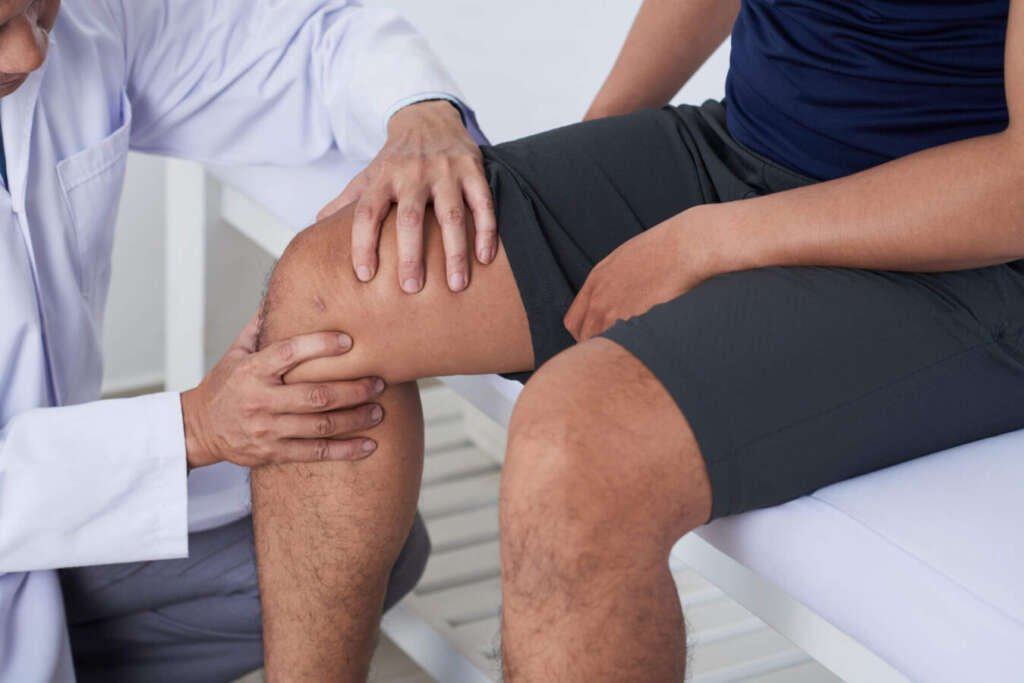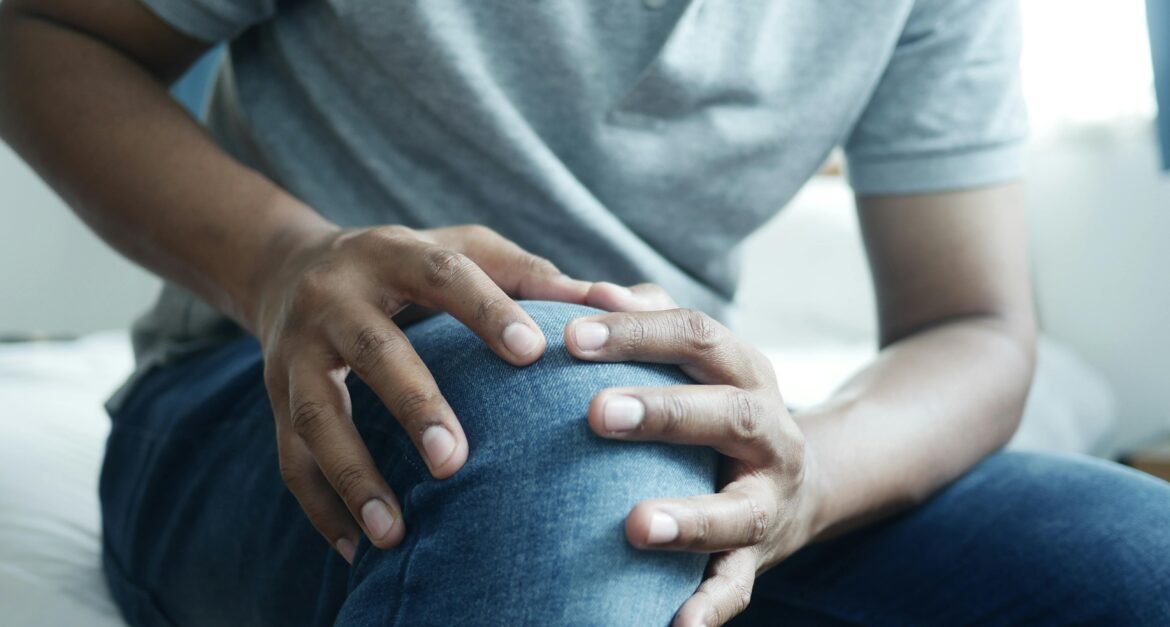For athletes, maintaining peak physical condition is essential, but injuries are an unfortunate reality of many sports. One of the most common and serious injuries affecting athletes is a torn anterior cruciate ligament (ACL).
A torn ACL can particularly affect those involved in high-impact sports such as soccer, basketball, football, and skiing. Recognizing the signs of a torn ACL is crucial for timely treatment and recovery. This vital ligament in the knee is crucial for stability and movement, and a tear can sideline an athlete for months. Understanding the signs of a torn ACL is key to seeking timely and effective treatment, ensuring a better chance of a full recovery. In this article, we will delve into the common causes, symptoms, and treatment options for ACL tears, empowering athletes with the knowledge they need to protect their knee health.
Understanding the ACL
The ACL is one of the four main ligaments in the knee, playing a critical role in stabilizing the joint. It connects the thigh bone (femur) to the shin bone (tibia) and prevents excessive forward movement and rotation of the knee.
Common Causes of ACL Tears
ACL tears often occur during activities that involve sudden stops, changes in direction, or jumps. Common scenarios include:
- Pivoting or cutting sharply while running
- Landing awkwardly from a jump
- Direct collisions or tackles
- Sudden deceleration

Signs and Symptoms of a Torn ACL
Recognizing the signs of a torn ACL can help you seek immediate medical attention, which is essential for effective treatment and recovery. Here are the key symptoms to watch for:
- A Loud “Pop” Sound:
- Many athletes report hearing or feeling a popping sensation in the knee at the time of injury.
- Severe Pain:
- Intense pain immediately after the injury, often preventing the athlete from continuing their activity.
- Rapid Swelling:
- Swelling typically occurs within the first few hours following the injury due to bleeding within the joint.
- Instability:
- A feeling of the knee “giving way” or buckling, especially when trying to bear weight or change direction.
- Limited Range of Motion:
- Difficulty fully extending or bending the knee due to pain and swelling.
- Tenderness:
- Sensitivity and tenderness around the knee, particularly along the joint line.
What to Do If You Suspect an ACL Tear
If you experience any of these symptoms, it’s essential to take the following steps:
- Rest and Protect the Knee:
- Avoid putting weight on the injured leg and use crutches if necessary.
- Ice the Area:
- Apply ice packs to reduce swelling and pain. Use ice for 20 minutes every 2-3 hours during the first 48 hours.
- Compress the Knee:
- Use an elastic bandage or knee brace to help control swelling and provide support.
- Elevate the Leg:
- Elevate your leg above heart level whenever possible to reduce swelling.
- Seek Medical Attention:
- Visit an orthopedic specialist for a thorough examination and accurate diagnosis. An MRI may be necessary to confirm the extent of the injury.
Treatment Options for a Torn ACL
Treatment for a torn ACL varies based on the severity of the tear, the athlete’s activity level, and overall health. Options include:
- Non-Surgical Treatment:
- Physical therapy and rehabilitation exercises can strengthen the surrounding muscles and improve knee stability for partial tears or less active individuals.
- Surgical Reconstruction:
- Most athletes with complete ACL tears require surgery to reconstruct the ligament using a graft. Post-surgery, a comprehensive rehabilitation program is essential for recovery.
- BEAR Implant:
- Autologous whole blood is combined with the BEAR Implant to form a clot that bridges the torn ACL ends, protecting it from the harsh synovial environment. The BEAR Implant supports the body’s healing by promoting cell migration and proliferation. Within eight weeks, the implant is resorbed and replaced by native cells, collagen, and blood vessels, with the new tissue continuing to remodel and strengthen over time.

Preventing ACL Injuries
While not all ACL injuries can be prevented, athletes can reduce their risk by:
- Strength Training: Strengthening the muscles around the knee, particularly the hamstrings and quadriceps.
- Proper Techniques: Learning and practicing proper techniques for jumping, landing, and changing direction.
- Wearing Appropriate Gear: Using well-fitting footwear and protective equipment.
- Regular Conditioning: Maintaining overall fitness and flexibility to reduce the likelihood of injury.
A torn ACL is a serious injury that requires prompt attention and proper treatment to ensure the best possible outcome. At Matthewson Ortho, we specialize in diagnosing and treating ACL injuries to help athletes return to their sport safely and effectively. If you suspect a torn ACL or need expert orthopedic care, contact us today to schedule a consultation.
Finally, by understanding the signs of a torn ACL and knowing what steps to take, athletes can better protect their knees and ensure a faster recovery.

